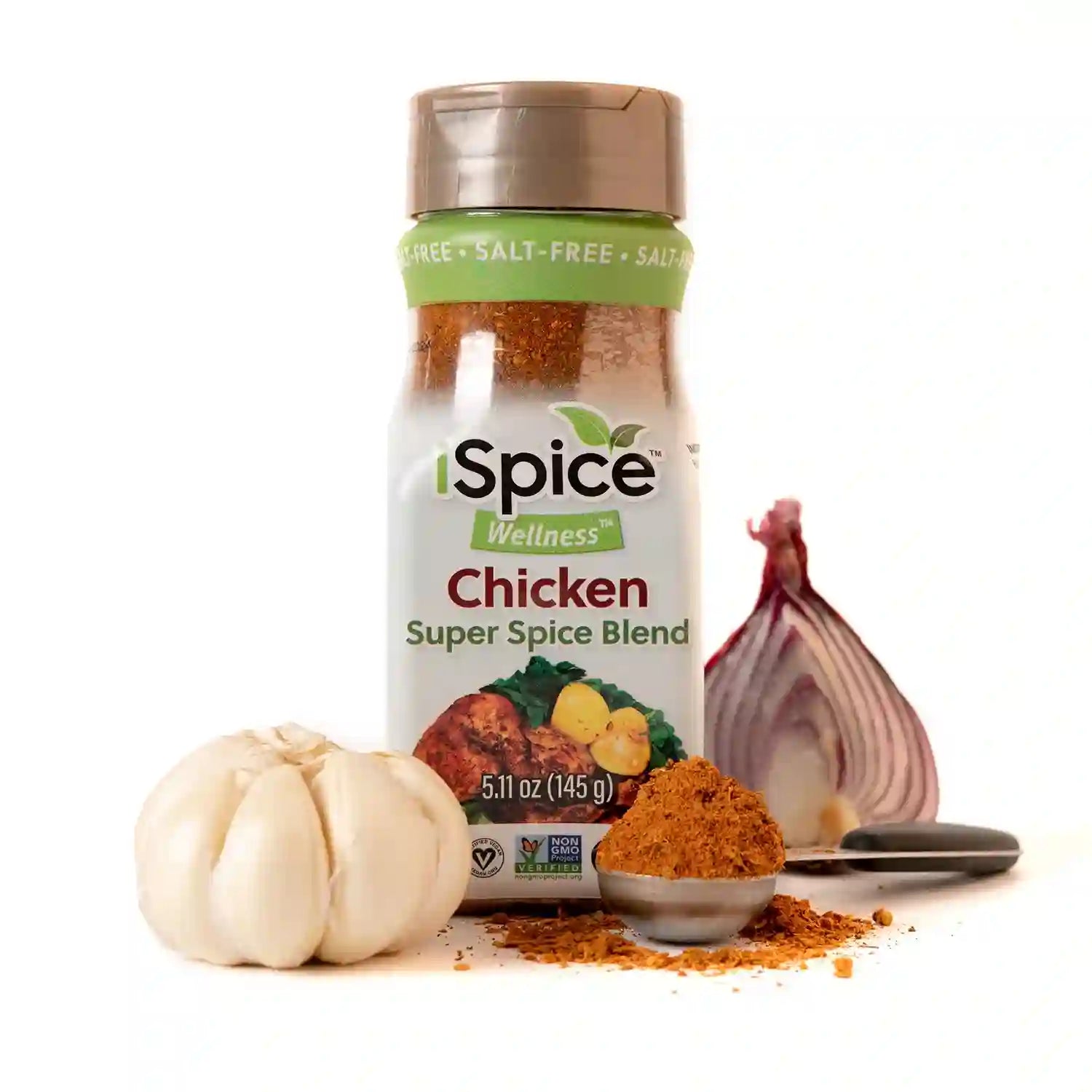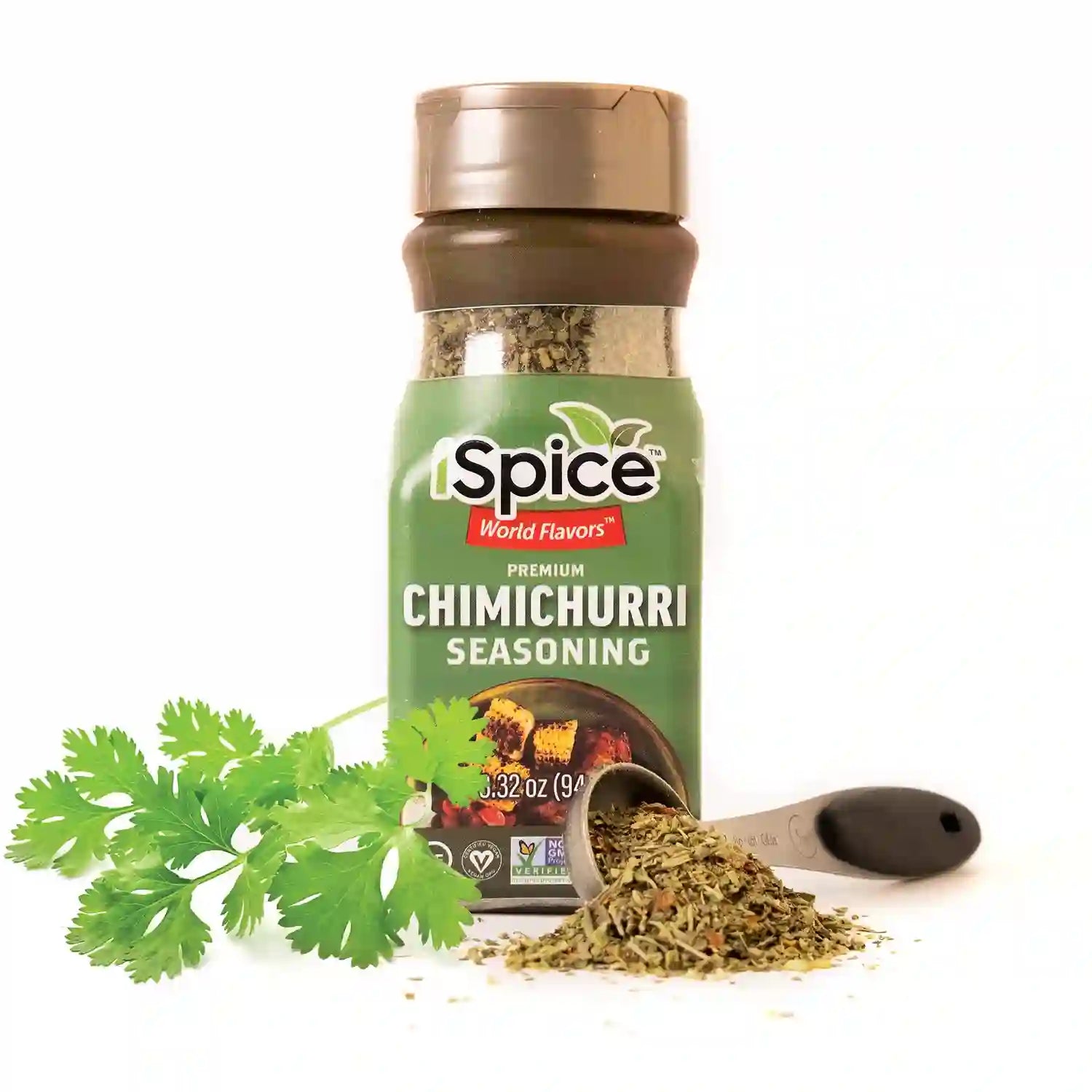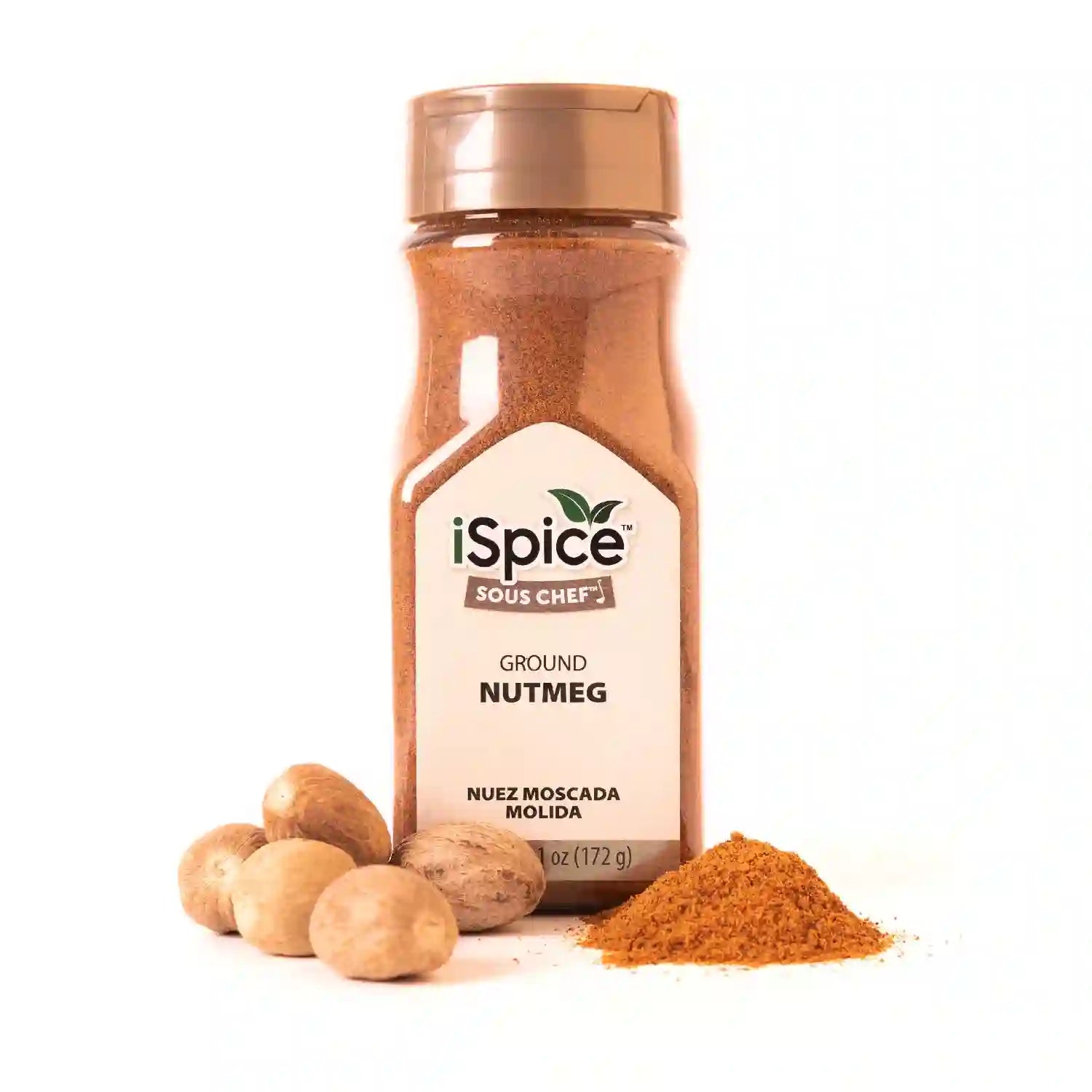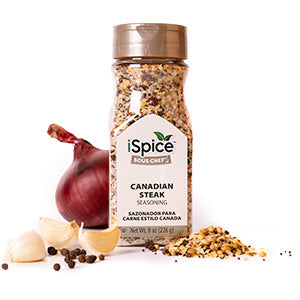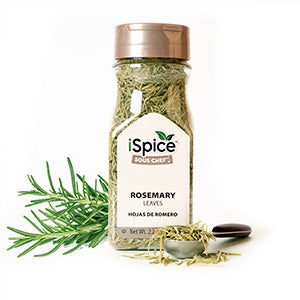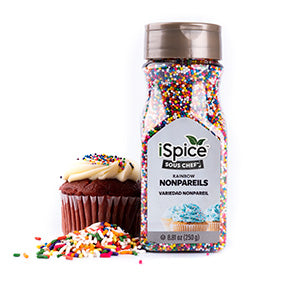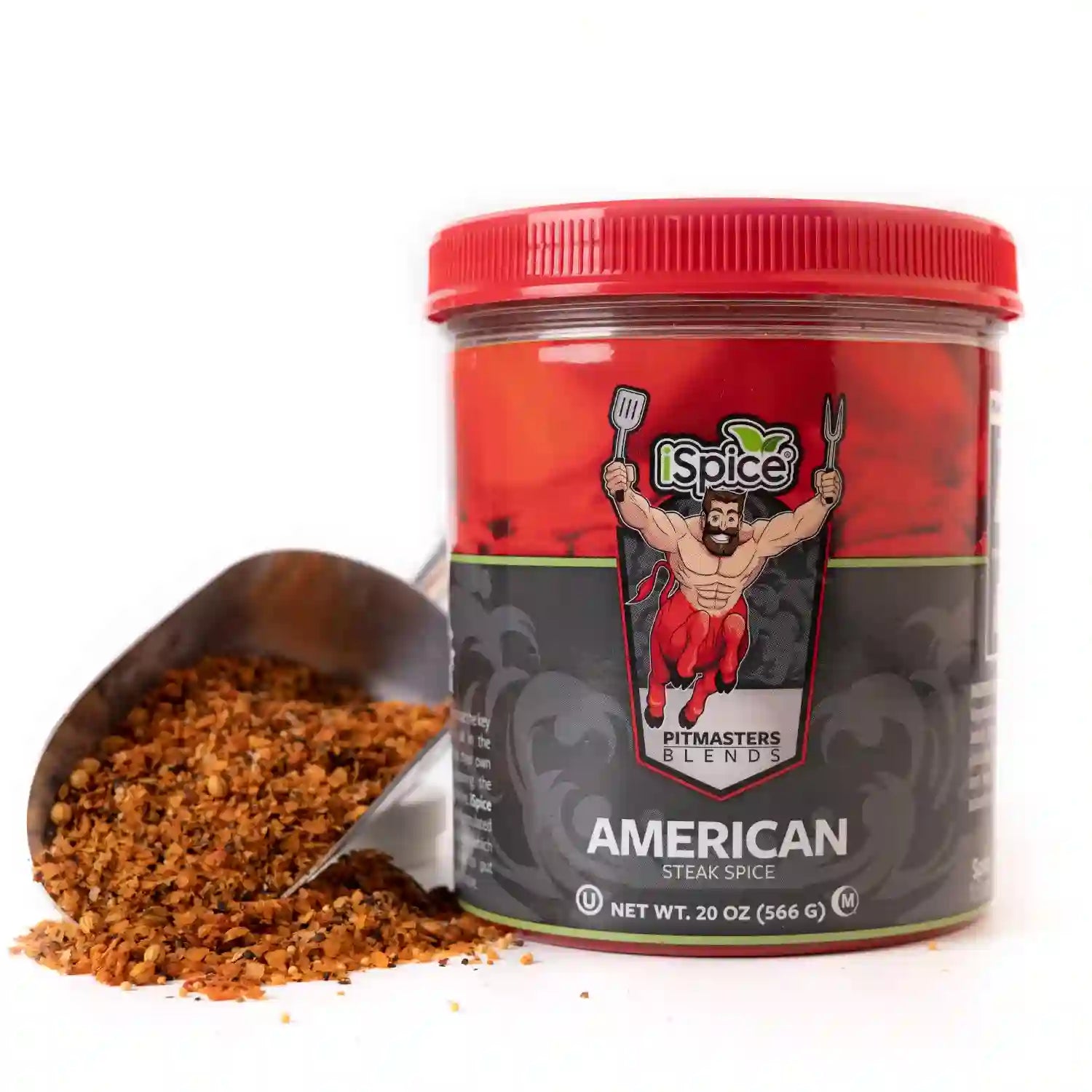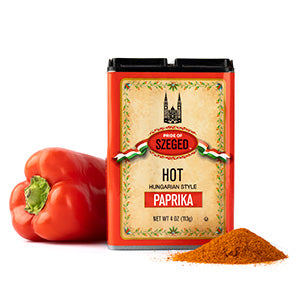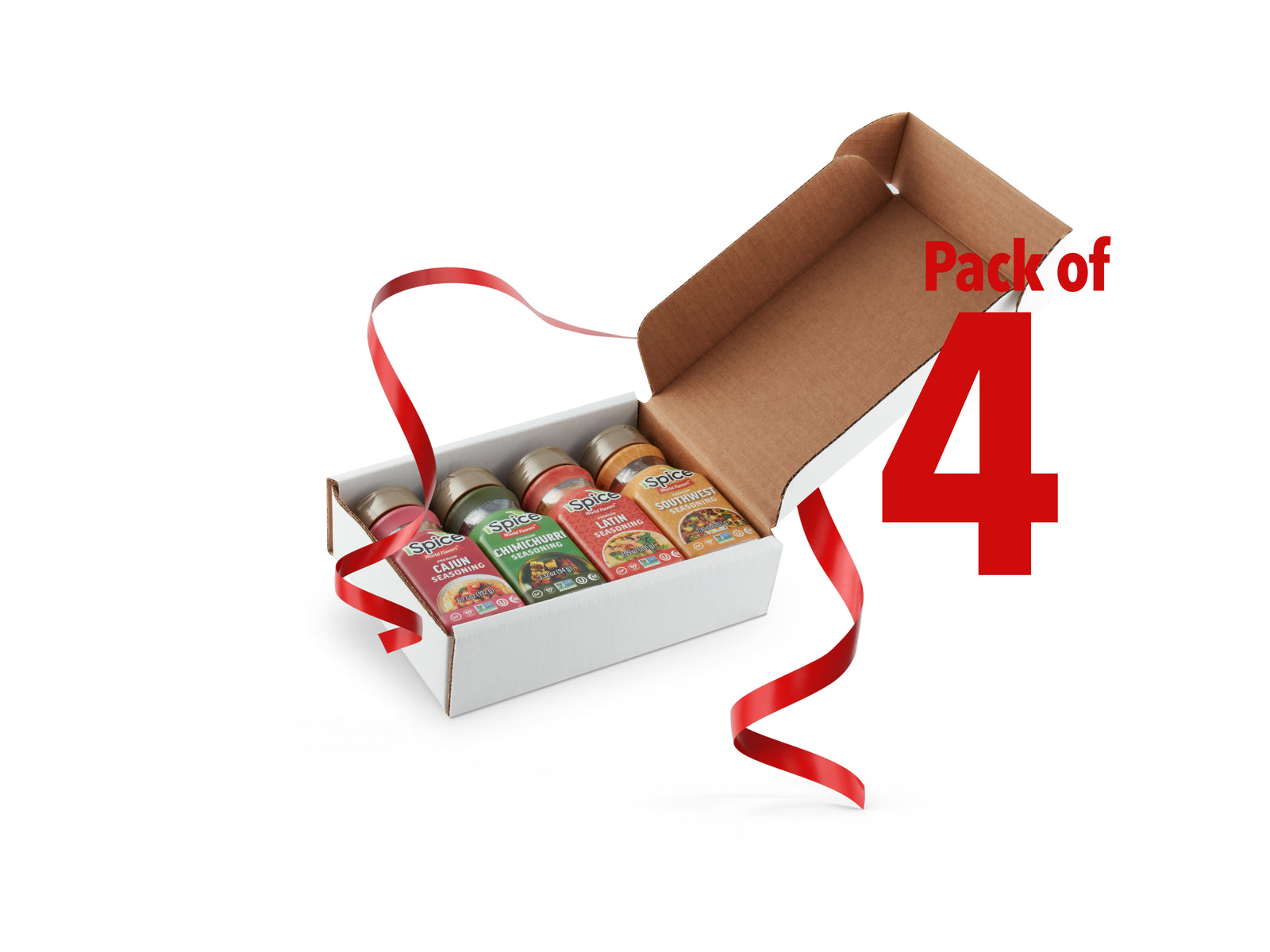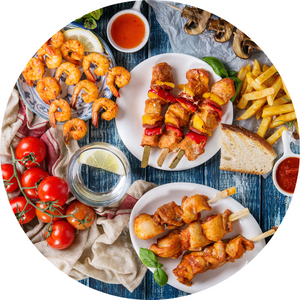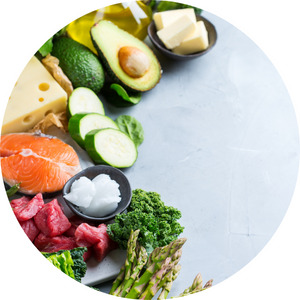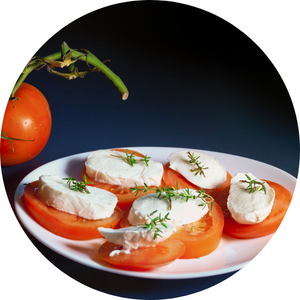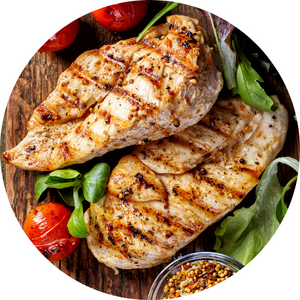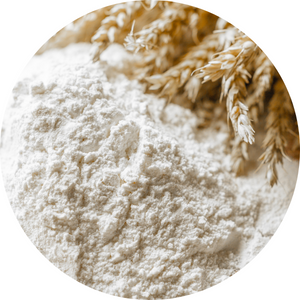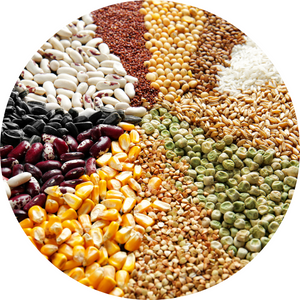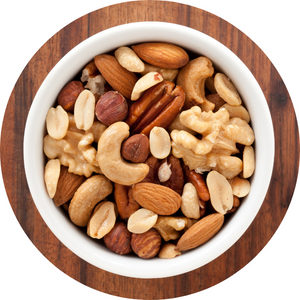
Beginner’s Guide to Grinding Your Own Spices at Home
Grinding your own spices at home can transform your cooking, unlocking vibrant flavors and aromas that pre-ground spices simply can’t match. Whether you’re a novice cook or a seasoned foodie searching for “how to grind spices at home,” this beginner’s guide will walk you through the essentials of spice grinding. From choosing the right tools to mastering techniques, we’ll help you bring freshly ground spices like cumin, coriander, and mace into your kitchen. Let’s dive into the world of spice grinding and discover why it’s a game-changer for your recipes.
Why Grind Your Own Spices?
Grinding spices fresh at home offers several advantages:
-
Enhanced Flavor and Aroma: Whole spices retain their essential oils longer, releasing intense flavors when freshly ground.
-
Longer Shelf Life: Whole spices last up to 2-4 years, compared to 6-12 months for pre-ground.
-
Customization: Control the texture—coarse for rubs, fine for sauces—to suit your dish.
-
Cost-Effective: Buying whole spices in bulk is often cheaper than pre-ground versions.
If you’re googling “benefits of grinding spices,” the freshness and versatility of home-ground spices make them a must-try for elevating dishes like curries, soups, and baked goods.
Essential Tools for Grinding Spices at Home
To start grinding spices, you’ll need the right tools. Here’s a beginner-friendly rundown of the best options for “spice grinding tools”:
-
Mortar and Pestle
-
Best for: Small batches, precise control, and traditional grinding.
-
Pros: Affordable, versatile, and great for wet and dry spices like peppercorns or garlic.
-
Cons: Requires effort and time for larger quantities.
-
Tip: Choose a heavy, textured material like granite or marble for easier grinding.
-
-
Manual Spice Grinder
-
Best for: Consistent results with minimal effort.
-
Pros: Portable, easy to clean, and ideal for spices like cumin or cardamom.
-
Cons: Limited capacity for large batches.
-
Tip: Look for models with adjustable grind settings.
-
-
Electric Spice Grinder or Coffee Grinder
-
Best for: Quick grinding of larger quantities.
-
Pros: Fast, efficient, and perfect for hard spices like cinnamon or nutmeg.
-
Cons: Can overheat spices, affecting flavor; requires thorough cleaning to avoid cross-contamination.
-
Tip: Dedicate a grinder solely for spices to avoid coffee residue.
-
-
Microplane or Grater
-
Best for: Hard spices like nutmeg or cinnamon sticks.
-
Pros: Simple and precise for small amounts.
-
Cons: Not suitable for softer seeds or bulk grinding.
-
For those searching “best tools for grinding spices,” a mortar and pestle or electric grinder are great starting points for beginners.
How to Grind Spices: Step-by-Step Guide
Ready to start? Follow these steps to grind spices like a pro, perfect for anyone looking up “how to grind spices for beginners”:
-
Select Whole Spices
Choose high-quality whole spices like black peppercorns, cumin seeds, coriander, or mace blades. Check for freshness by ensuring they have a strong aroma. -
Toast for Extra Flavor (Optional)
Lightly toast spices in a dry skillet over medium heat for 1-2 minutes until fragrant. This enhances aroma, especially for seeds like cumin or fennel. Cool before grinding to preserve flavor. -
Choose Your Grinding Method
-
Mortar and Pestle: Add small amounts and grind in a circular motion for a coarse or fine texture.
-
Electric Grinder: Pulse in short bursts to avoid overheating. Aim for 10-15 seconds per batch.
-
Manual Grinder: Adjust settings and crank steadily for consistent results.
-
-
Grind to Desired Texture
-
Coarse: Ideal for spice rubs or marinades.
-
Fine: Perfect for baking or smooth sauces.
-
Check consistency by sifting through a fine mesh if needed.
-
-
Store Properly
Transfer freshly ground spices to an airtight container and store in a cool, dark place. Use within 6 months for maximum flavor.
Best Spices to Grind at Home
Not sure where to start? These spices are perfect for beginners and offer incredible flavor when freshly ground:
-
Cumin Seeds: Earthy and warm, great for curries and tacos.
-
Coriander Seeds: Citrusy and mild, ideal for soups and breads.
-
Black Peppercorns: Bold and pungent, a staple for savory dishes.
-
Mace Blades: Floral and subtle, perfect for sauces and desserts.
-
Cardamom Pods: Sweet and aromatic, excellent for chai or baked goods.
Searching for “best spices to grind at home”? These are easy to work with and widely available.
Beginner-Friendly Recipes Using Freshly Ground Spices
Try these simple recipes to showcase your freshly ground spices:
-
Cumin-Spiced Roasted Chickpeas
Toss chickpeas with olive oil, freshly ground cumin, and salt. Roast at 400°F for 20-25 minutes for a crunchy snack. -
Mace-Infused Mashed Potatoes
Add a pinch of freshly ground mace to mashed potatoes with butter and cream for a warm, sophisticated twist. -
Coriander and Black Pepper Marinade
Mix freshly ground coriander and black pepper with olive oil, garlic, and lemon juice for a vibrant chicken or veggie marinade.
These “recipes using freshly ground spices” are perfect for beginners and highlight the flavor boost of home grinding.
Tips for Success When Grinding Spices
-
Start Small: Grind only what you need to preserve freshness.
-
Clean Tools Thoroughly: Avoid flavor mixing by cleaning grinders after each use.
-
Experiment with Blends: Try making your own garam masala or taco seasoning for custom flavors.
-
Buy Quality Spices: Source from reputable suppliers for maximum potency.
-
Label and Date: Track your ground spices to ensure they’re used at their peak.
For those searching “spice grinding tips for beginners,” these pointers will set you up for success.
Conclusion: Start Grinding Spices Today!
Grinding your own spices at home is an easy, rewarding way to elevate your cooking. With simple tools like a mortar and pestle or an electric grinder, you can unlock the full potential of spices like cumin, mace, and coriander. Whether you’re whipping up a savory curry or a spiced dessert, freshly ground spices add unmatched flavor and aroma.
Ready to try it? Pick one spice, grab a grinder, and start experimenting. Share your favorite spice blends in the comments, and explore our other cooking guides for more inspiration. Happy grinding!

